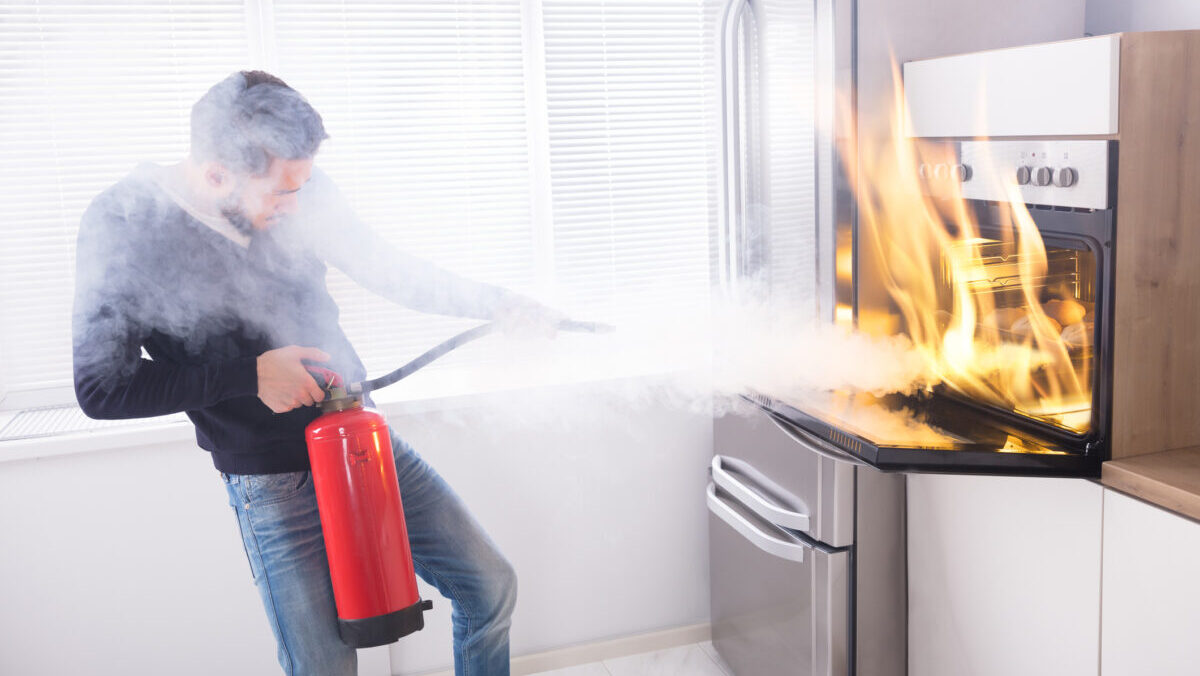Monsters of Rock: Bankers pour cold water on iron ore’s hot run

Pic: Andrei Popov/Moment via Getty Images
- Iron ore prices have climbed back above US$110/t this week
- But some bank economists say the strength of China’s steel output defies logic amid its property sector’s struggles
- Grange Resources dumps dividend as lower prices and higher costs squeeze Tassie iron ore producer
Iron ore prices have been steamin’ this week, running up beyond US$110/t in another move that seems to have defied the macro picture that normally dictates the movements of the commodity price.
BHP (ASX:BHP) explained the situation earlier this week, with an influx of marginal supply which has stayed in the market longer than expected since 2018 helping keep cost support between US$80-100/t, far higher than it has been previously.
But at the same time China’s property sector has continued to deteriorate, the bankruptcy protection filing of developer Evergrande the latest sign it’s in muddy waters.
Strength in the price of iron ore has prompted ANZ to lift its three month price target from US$95/t to US$100/t.
But ANZ’s Daniel Hynes and Soni Kumari see that US$100/t barrier being broken under before the end of 2023, despite speculative moves up for iron ore against the backdrop of weaker than expected production curbs since the middle of the year.
“China’s beleaguered property sector shows no signs of improving. The subsequent weakness in steel demand is likely to put downward pressure on
iron ore prices,” they said in a note Thursday.
“Recent financial support measures for China’s real estate sector have yet to provide any near-term relief to developers. Consumers are also reluctant to buy homes, as suggested by a 25% y/y decline in floor space sold in July.
“China’s property sector consumes approximately 37% of the country’s steel output. Moreover, it’s the lack of new construction activity that hurts demand for steel and iron ore. New starts and buildings under construction have fallen nearly 50% y/y.
“That looks unlikely to reverse in the short term. Financial distress will push property developers to sell high levels of unsold stock ahead of any pick-up in new construction.
“This comes amid signs of increasing supply, which will see the stubborn market deficit of the past two years in iron ore evaporate. We see the risk of another leg down for prices as relatively high, with a real possibility of prices breaking below USD100/t by year end.”
Steel remains stronger than expected
At the same time steel output globally expanded at a rate of 6.6% YoY in July, the biggest lift in slightly over two years.
“The result was largely driven by a strong annual increase in steel production in China and India,” Commbank mining analyst Vivek Dhar noted this morning.
“A return to very modest year‑on‑year steel output growth in Japan and the US also helped global steel output higher.”
China’s production was up strongly on a year on year basis, though down around 3.6% month to month on June.
Dhar says nationwide cuts to output remain uncertain, but predicts property’s role in China’s overall steel demand will eventually see output drop.
He says stabilisation is only likely to come next year after this year’s second big leg down in a row.
“We still think China’s steel demand will continue to remain weak, driving lower steel output. China’s new construction (in square metres) aligns most closely with China’s property related steel demand,” he said.
“New construction has declined ~25%/yr in the first seven months of 2023 after plummeting ~39% in 2022.
“The ongoing fall in new construction highlights that the weakness that China’s property sector sustained through China’s COVID zero policy last year has been unable to stabilise in H1 2023 despite China re‑opening its economy.”
Westpac’s Robert Rennie took a similar tack, saying China’s steel productivity was defying logic right now.
Chinese steel production defying logic & prodn cap gravity?
CISA data for mid Aug confirms ongoing trend where steel prodn has come in above average level for last 4yrs in each consecutive 10 day period over last 3 months.
Indeed in 4 of last 5 periods its been >1std above avge! pic.twitter.com/NlsOGDX0O9— Robert Rennie (@Robert__Rennie) August 23, 2023
The materials sector fell 1.75% today to give up most of its gains for the week as gold, copper, nickel and more came back to Earth. There was a big drop for lithium darling Pilbara Minerals (ASX:PLS) as well after it released its full year financial results despite a 307% lift in profit to $2.4 billion.
READ: China’s iron ore gamblers have sent futures to a three-week high. Don’t bet the house on it
Monstars share prices today:
Grange dumps dividend as Tassie iron ore profits slide
Higher costs have been a bugbear for all iron ore miners, but less so for the majors in the Pilbara like BHP, Rio Tinto and Fortescue.
All three have costs around and below the US$20/t range, less than a fifth of current prices, thanks to the fact they have scale, own all their rail and port infrastructure and ship a product called hematite, which comes out of the ground virtually pre-packaged with little processing requirements.
Higher grade iron ore producers meanwhile need to run lower grade magnetite iron ore — around 30% in grade — through an energy-intensive beneficiation process that turns it into something grade 66% and above.
Generally smaller in scale, that makes these operations more expensive to run, though more targeted to low emissions steelmakers and generating a stronger premium when the steel market is buoyant.
The problem is the steel market isn’t buoyant right now, with premiums declining and steel makers switching to lower grade feed to save a bit of dosh.
Inflation also has a higher impact on these producers given their smaller workforces and already higher cost base.
Little surprise then to see Grange Resources (ASX:GRR), owner of the Savage River magnetite mine in Tasmania, dump its dividend after reporting a 47% drop in half year profit year on year to $70.4m.
The top yielding miner on the ASX last year, Chinese owned Grange wants to conserve capital as it moves into an underground DFS at Savage River and a DFS on its larger Southdown magnetite project near Albany in WA’s South.
Prices for its pellets dropped from US$174.96/t in 2022 to US$134.93/t in the June half as C1 costs lifted from $113.66/t (AUD) to $137.41/t.
Its cash and equivalents also decreased from December 31 to June 30, dropping from $298.6m to $242.3m as it dealt with lower concentrate production and higher energy costs.
Grange Resources (ASX:GRR) share price today:

UNLOCK INSIGHTS
Discover the untold stories of emerging ASX stocks.
Daily news and expert analysis, it's free to subscribe.
By proceeding, you confirm you understand that we handle personal information in accordance with our Privacy Policy.








